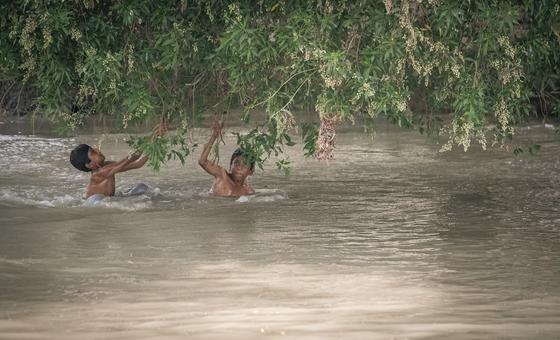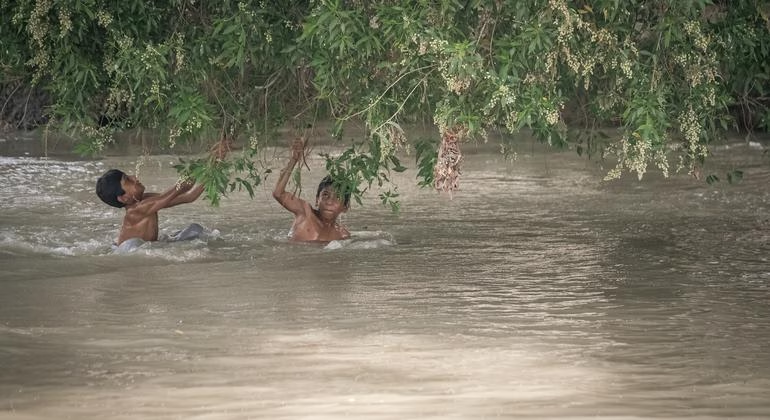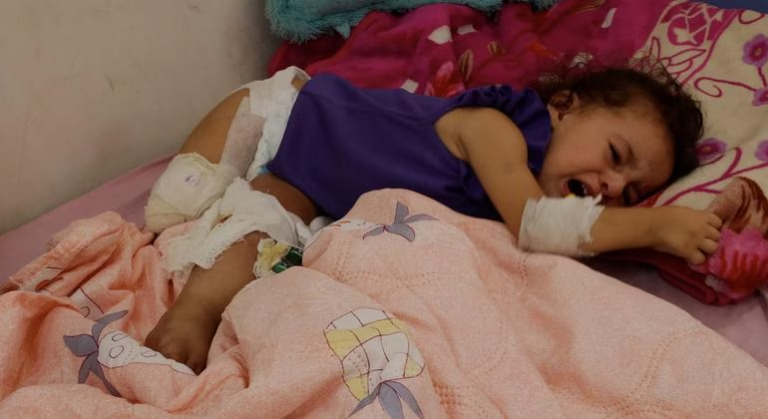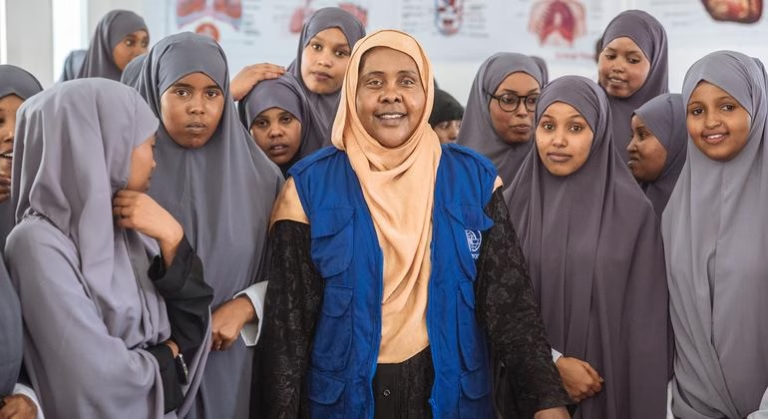
Severe weather is forecast to continue into early September, raising the risk of further flooding, landslides, and crop losses, according to the UN Office for the Coordination of Humanitarian Affairs (OCHA).
Khyber Pakhtunkhwa hit hardest
The northwestern province of Khyber Pakhtunkhwa has been the most affected by the disaster.
After torrential rains between 15 and 19 August, 368 people died, 182 were injured, and more than 1,300 homes were damaged in nine districts, including Buner, Shangla, and Mansehra, which led to a state of emergency declaration. Nearly 100 schools were also destroyed.
International charity CARE reported widespread devastation in Buner, where families lost their homes and livelihoods within minutes due to floodwaters carrying boulders and debris.
Children most affected
Children have been particularly affected, facing displacement, loss of schooling, and limited access to safe water, which puts their health and well-being at grave risk. At least 21 children were killed in Khyber Pakhtunkhwa since 15 August.
Many schools have been destroyed or are now being used as temporary shelters, further restricting access to education and safe spaces.
Urban flooding in Karachi
In Sindh province, heavy rains on 19 August caused urban flooding in Karachi – Pakistan’s largest city – resulting in at least six deaths from wall collapses and electrocutions. Rainfall of up to 145 millimetres (about 5.75 inches) inundated roads and left many neighborhoods without power for hours.
Punjab province also experienced extensive flooding along the Indus and Chenab rivers, displacing more than 2,300 families and damaging cash crops across thousands of acres.
Scaling up support
Federal and provincial authorities are leading the response efforts, mobilizing over 2,000 personnel for rescue and evacuation. In coordination with the UN and partners, they have dispatched key relief items, including food, tents, and medical supplies to affected areas.
OCHA has deployed field coordinators to the hardest-hit districts and activated emergency mechanisms, including the release of funds from its regional humanitarian envelope for Pakistan – prioritizing life-saving assistance in health, water, food security, and shelter.
UNICEF has dispatched essential medicines and hygiene kits, each containing soap, water containers, and other hygiene supplies to help prevent disease outbreaks.
Worrying trend
Pakistan has experienced devastating monsoon seasons in recent years. In 2022, unprecedented floods killed more than 1,700 people, displaced millions, and caused an estimated $40 billion in economic losses.
Erratic and intensified rainfall patterns, amplified by climate change, are increasing the country’s vulnerability, threatening lives, livelihoods, and long-term recovery across southern Asia.
Source: https://news.un.org/feed/view/en/story/2025/08/1165699







